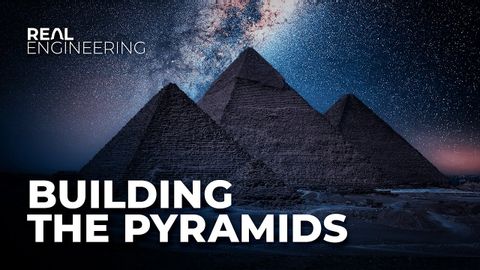金字塔建造之谜(The Mystery of the Pyramids' Construction)
joey joey 發佈於 2021 年 06 月 11 日  沒有此條件下的單字
沒有此條件下的單字US /ɑ:rˈtɪkjuleɪt/
・
UK /ɑ:ˈtɪkjuleɪt/
- adj.巨大的;大而重的;大量的;厚重的;大規模的
US /ɪk'strimlɪ/
・
UK /ɪkˈstri:mli/
- adv.極端地 ; 非常地;非常;從極端的角度來看
US /məˈtɪriəl/
・
UK /məˈtɪəriəl/
- n. (c./u.)布料;素材;資料;材料;物質
- adj.重要的;物質的

